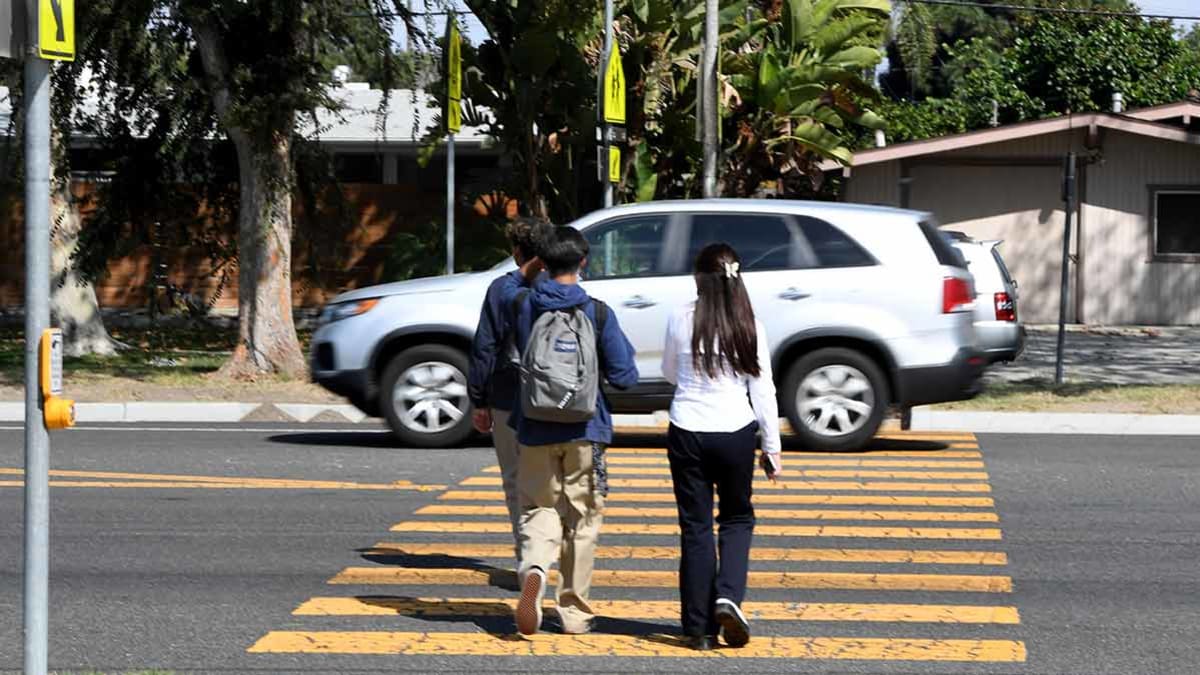
Nearly 90 percent of 2021 model year vehicles have automatic emergency braking (AEB) with pedestrian detection, according to the IIHS’ analysis. These systems use sensors and cameras to detect people or vehicles ahead and apply the brakes to automatically slow or stop a vehicle if a collision is imminent. You’ve probably seen TV commercials that show AEB in action, stopping a vehicle so that a distracted driver narrowly avoids hitting a child who is crossing the street. These systems are intended to assist the driver, not replace attentiveness.
But tests of AEB systems—including those conducted by AAA, the IIHS, and Consumer Reports—show that while these systems show clear benefits during the day, they can have trouble detecting moving pedestrians at night. To find out whether AEB with pedestrian detection reduces crashes in the real world, researchers at the IIHS examined 1,500 police-reported crashes that took place between 2017 and 2020. The insurance industry-funded group found that pedestrian crash rates for vehicles equipped with AEB with pedestrian detection were 27 percent lower than vehicles without this safety feature.
However, when the IIHS broke down crashes by time of day and lighting conditions, it found that vehicles with and without AEB with pedestrian detection had approximately the same odds of a pedestrian crash. Similarly, the researchers found no reduction in pedestrian crashes on roads with speed limits of 50 mph or above, or in crashes resulting from a vehicle turning into the path of a pedestrian.
The study’s findings give more evidence that AEB can reduce crashes with pedestrians, but that drivers shouldn’t rely on it, says IIHS vice president of research Jessica Cicchino, who authored the study. “AEB is an effective technology that is reducing pedestrian crashes. But like with any driver assistance technology, drivers still need to remain vigilant to the road when their vehicles are equipped with it,” she tells CR. “AEB may not detect pedestrians as well in the dark, at high speeds, or while turning.”
"Stop" - Google News
February 03, 2022 at 12:14PM
https://ift.tt/Ce1NHnmLW
Automatic Emergency Braking Struggles to Stop for Pedestrians in the Dark, in Turns, or at High Speeds, Study Shows - ConsumerReports.org
"Stop" - Google News
https://ift.tt/5DtETZC6s
https://ift.tt/UWtG6Fu73
Bagikan Berita Ini















0 Response to "Automatic Emergency Braking Struggles to Stop for Pedestrians in the Dark, in Turns, or at High Speeds, Study Shows - ConsumerReports.org"
Post a Comment